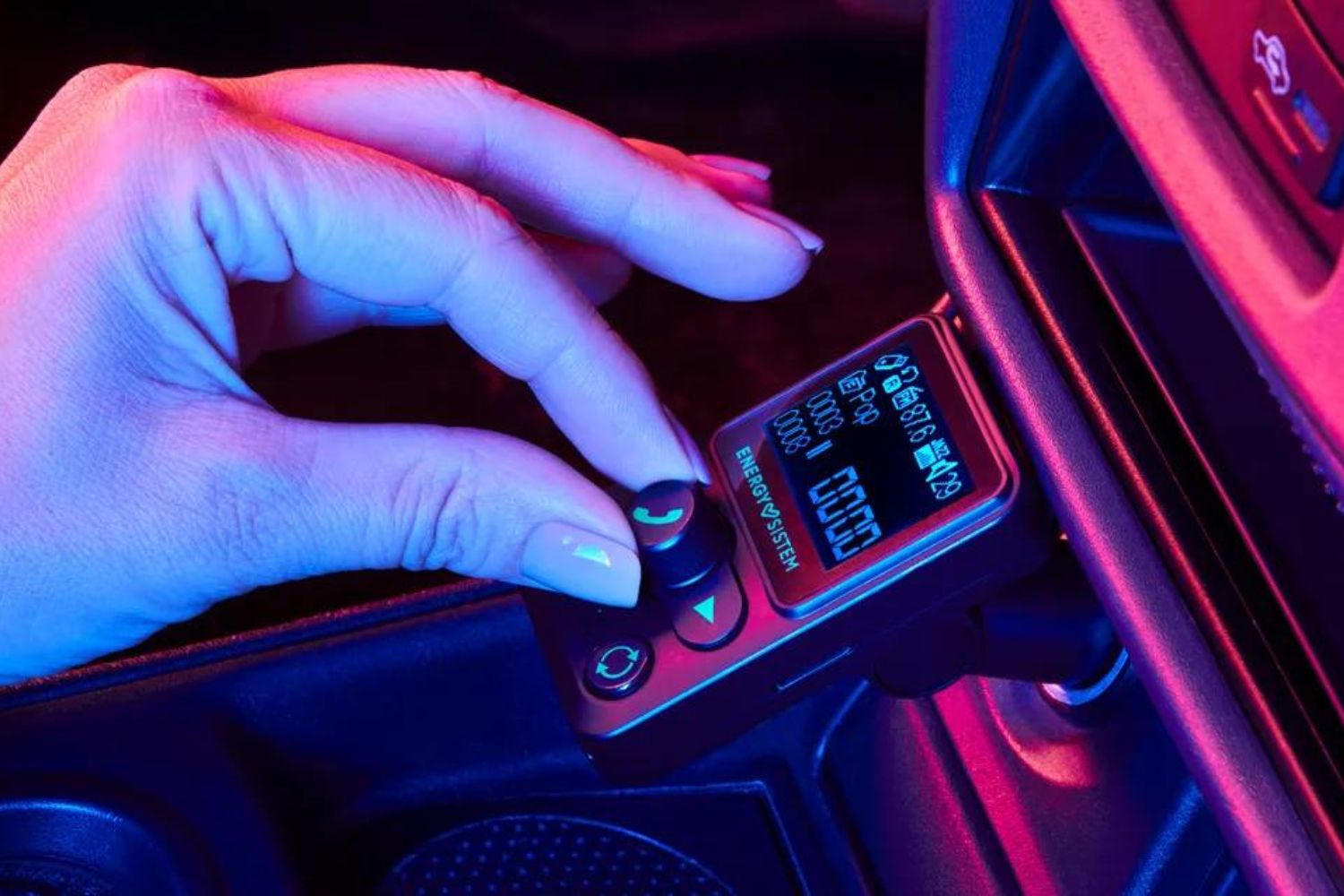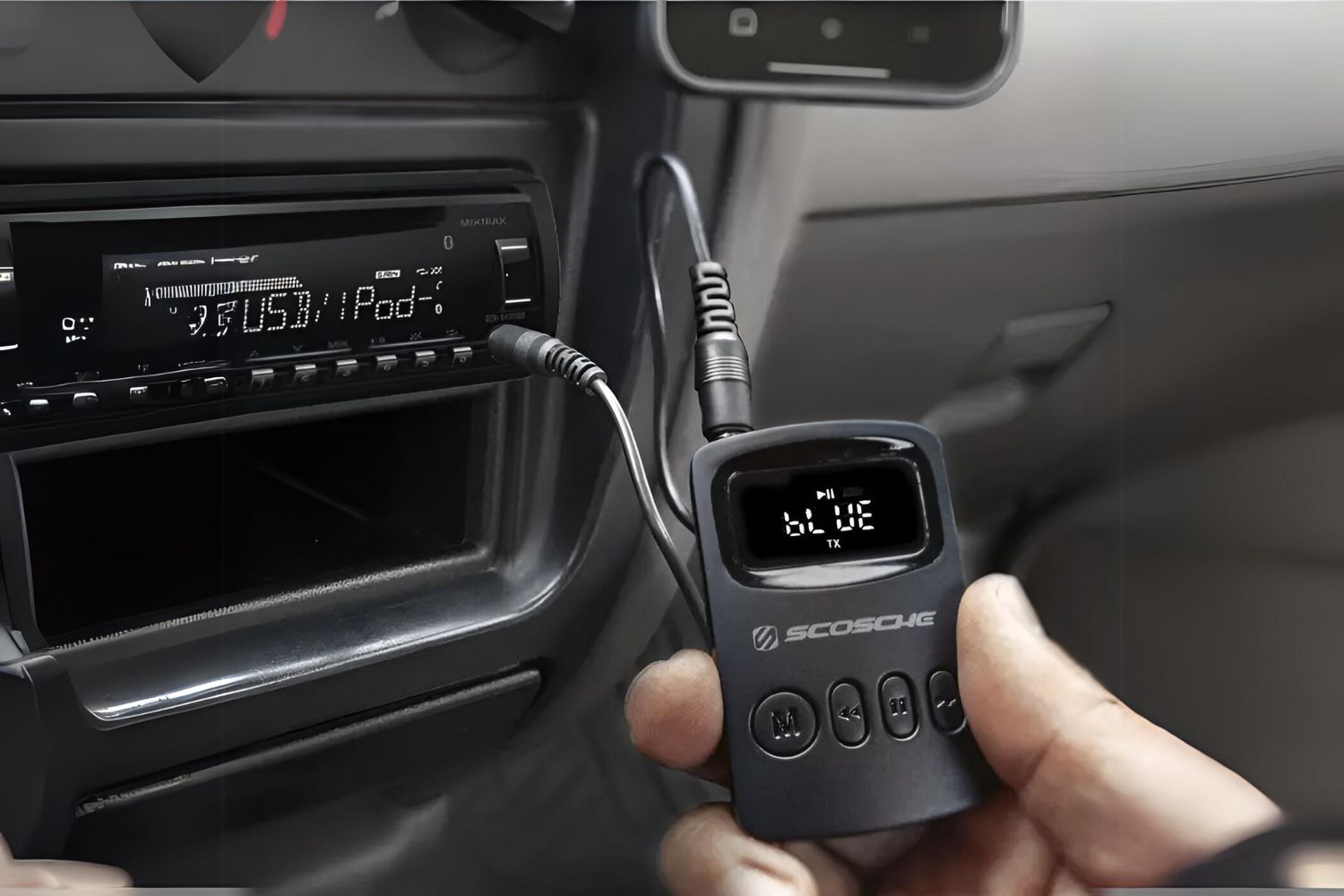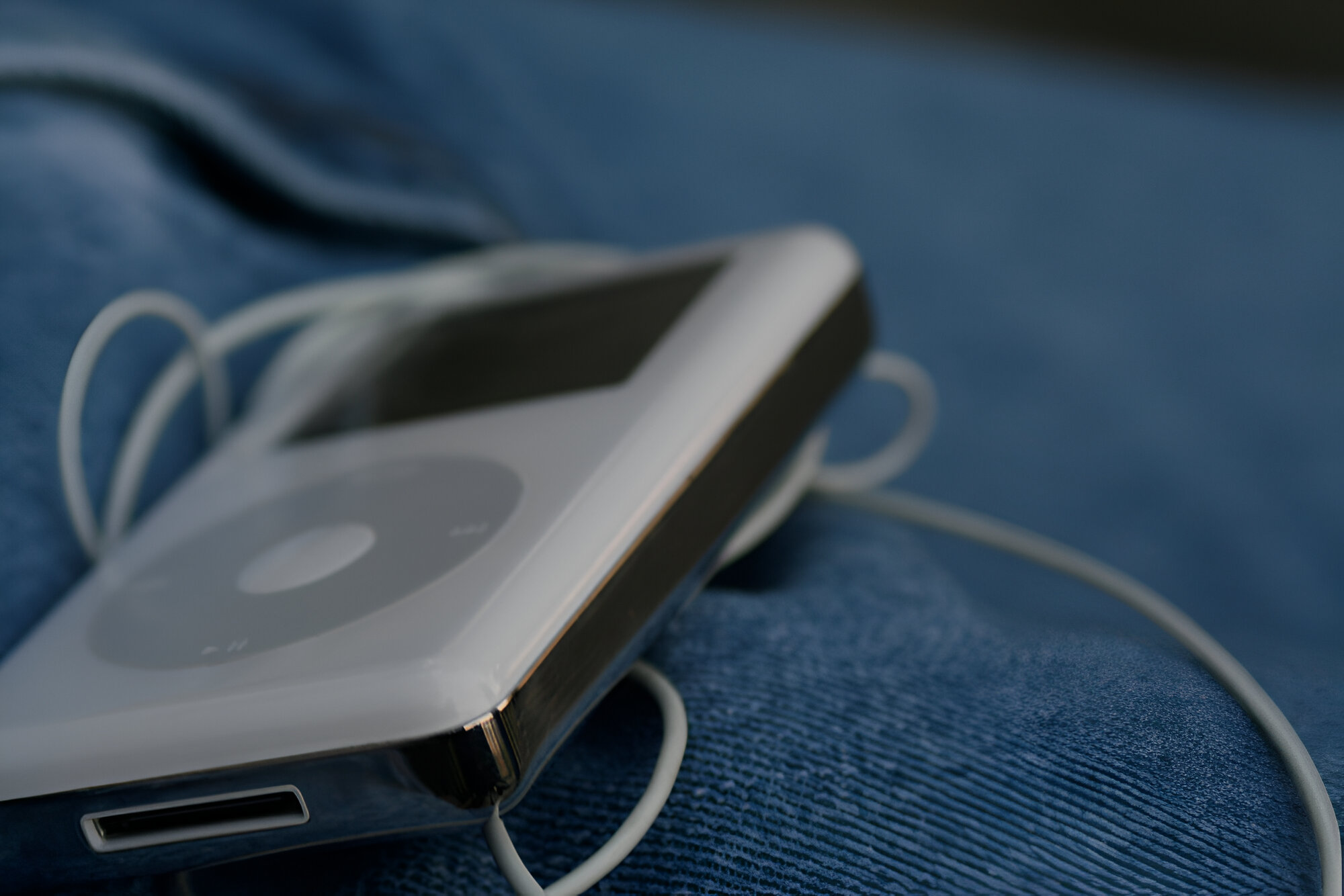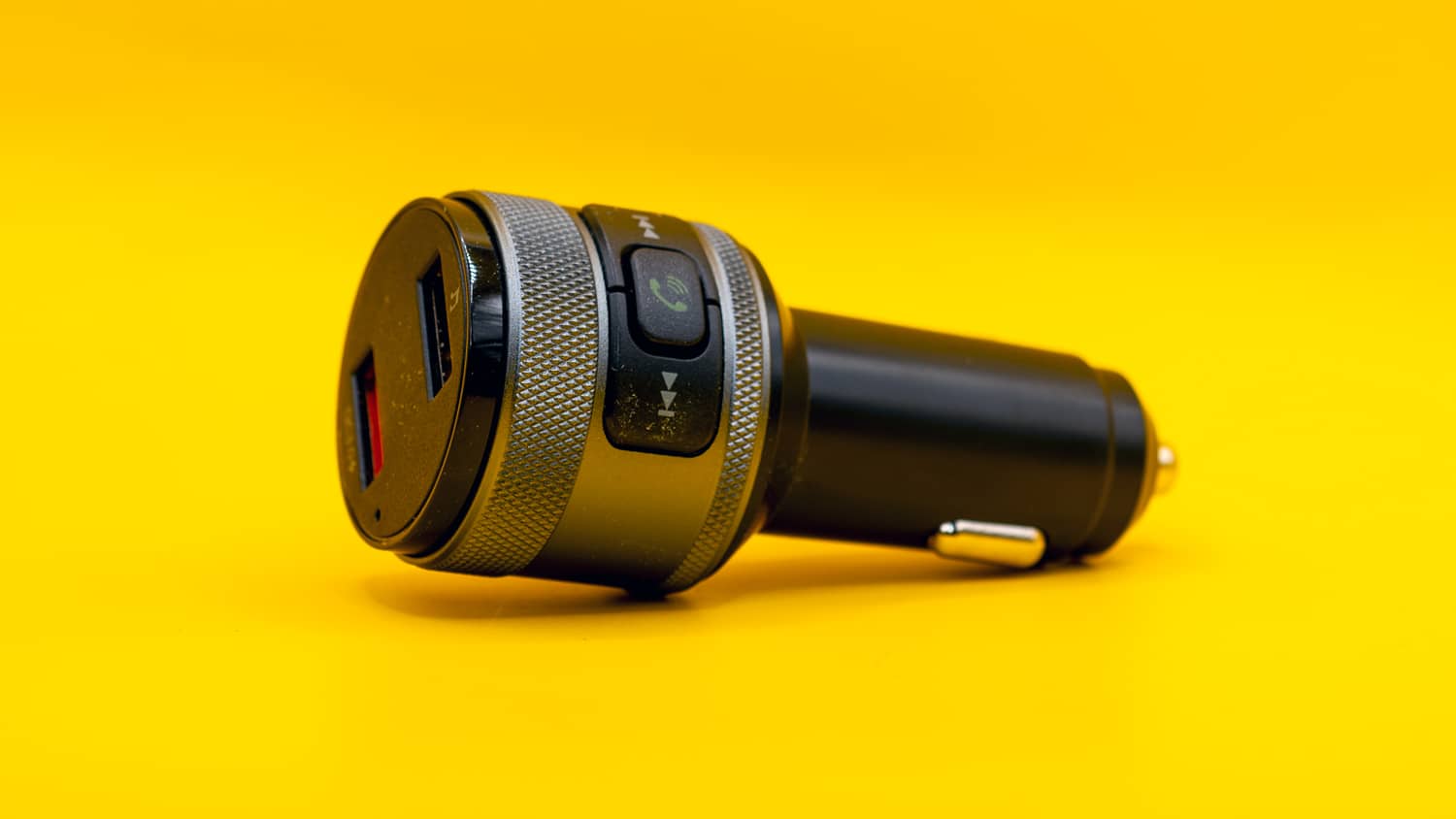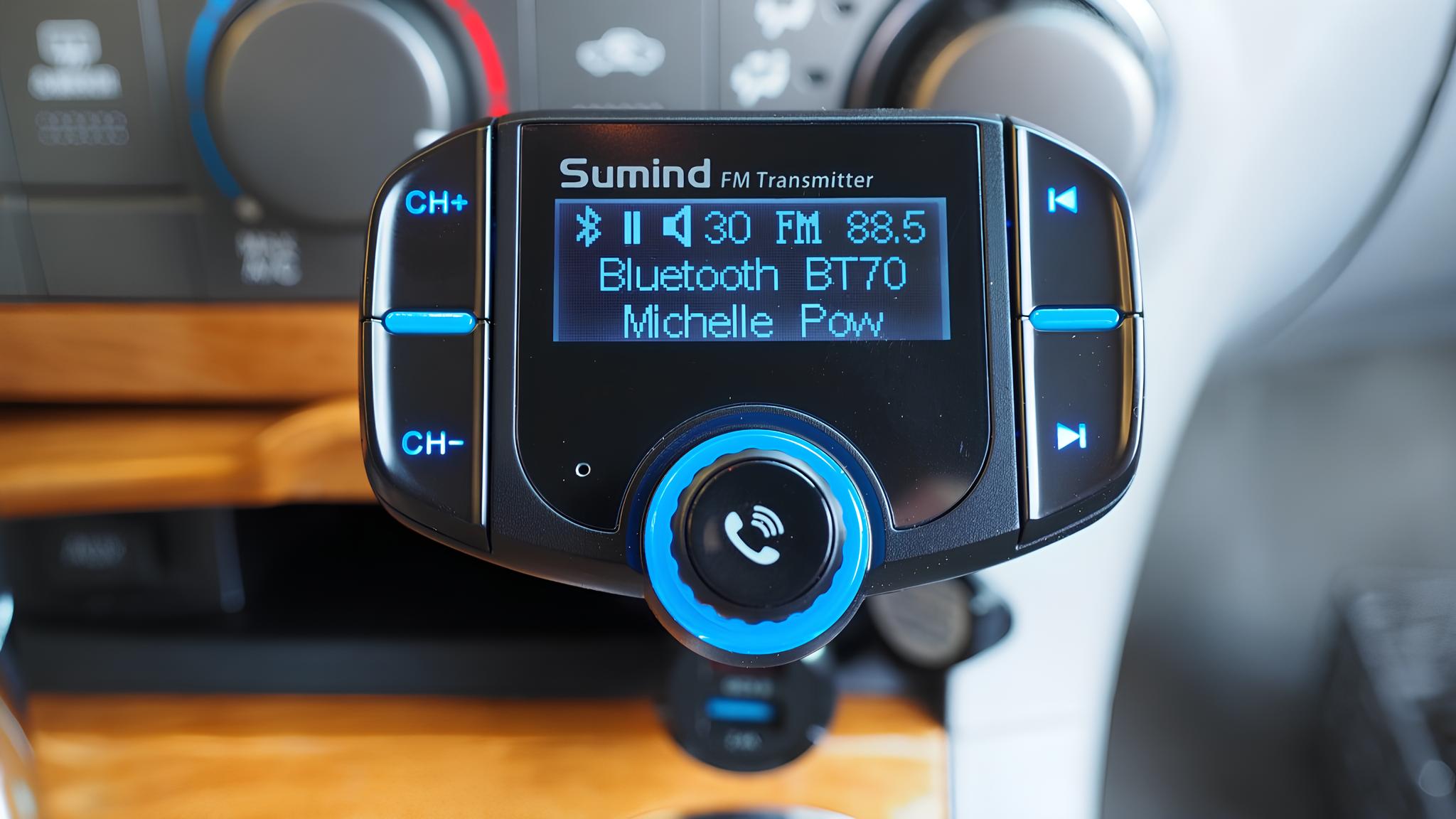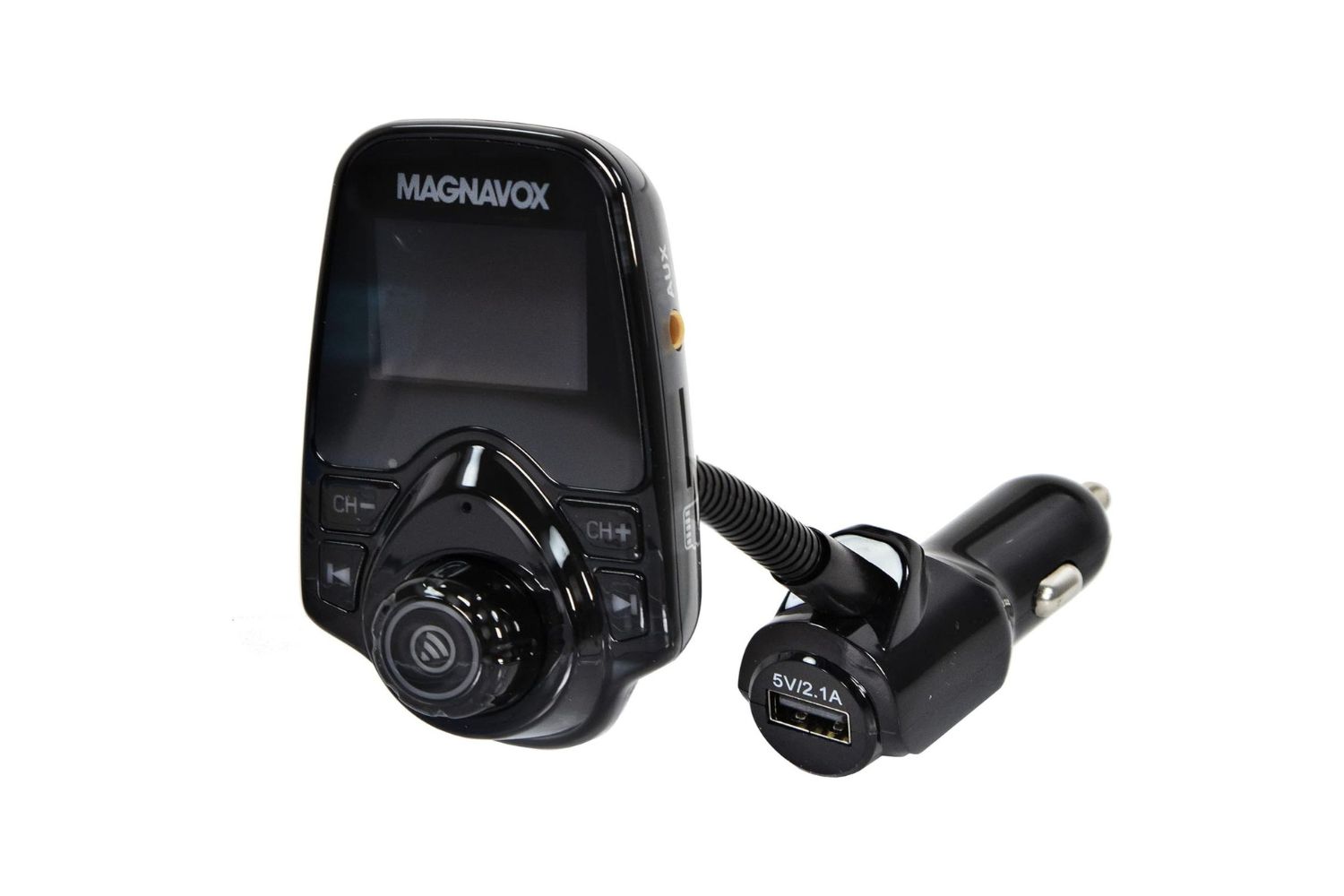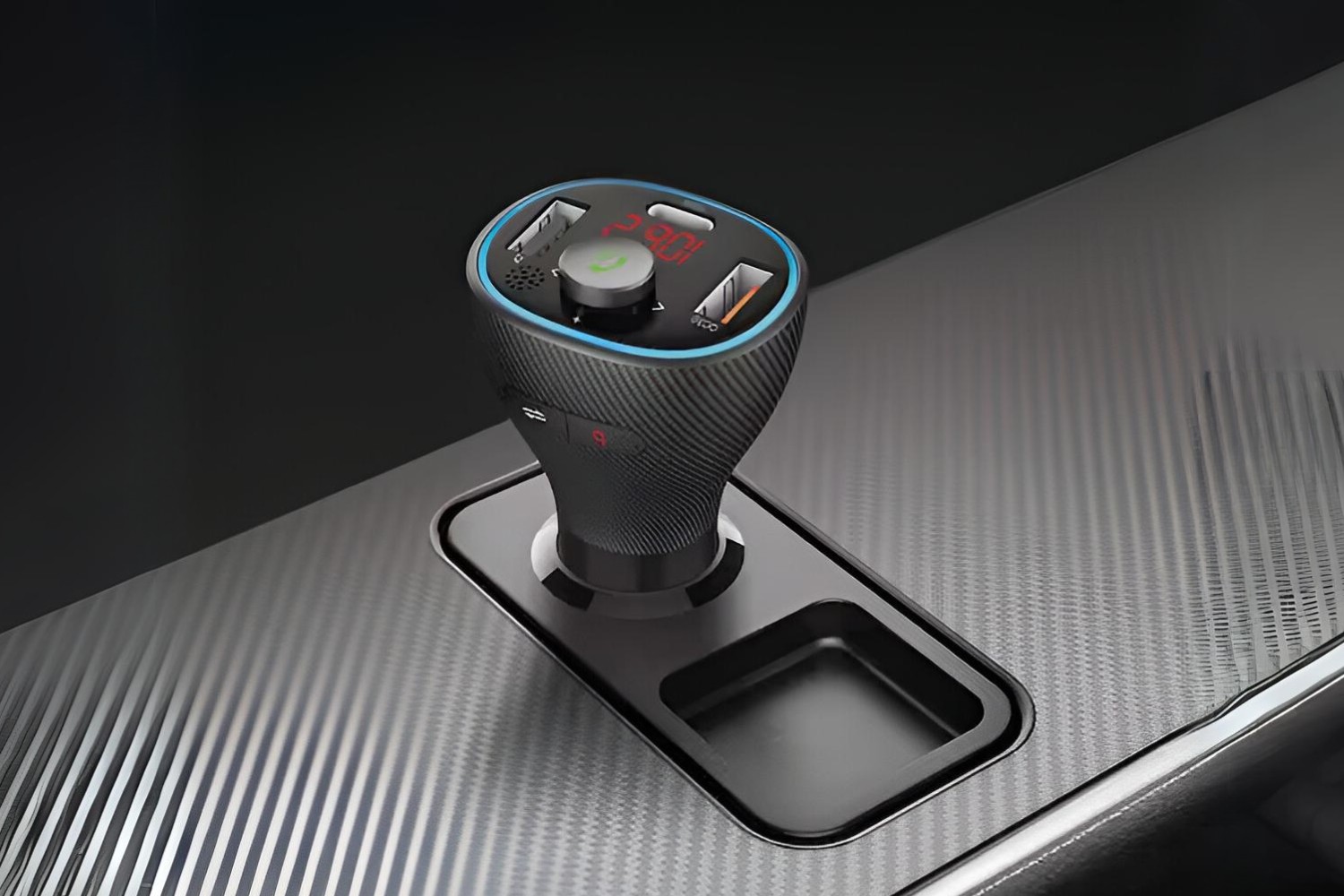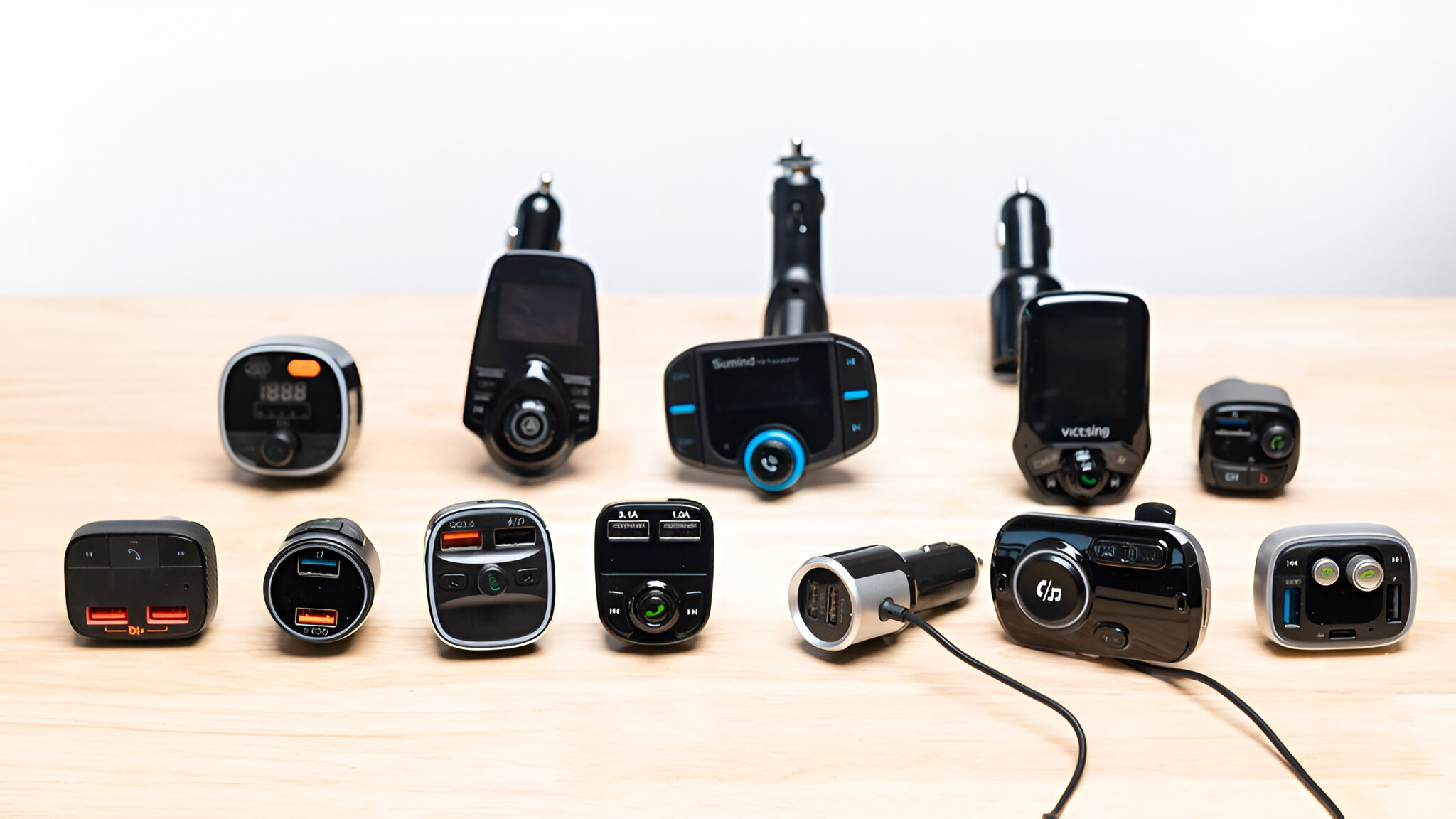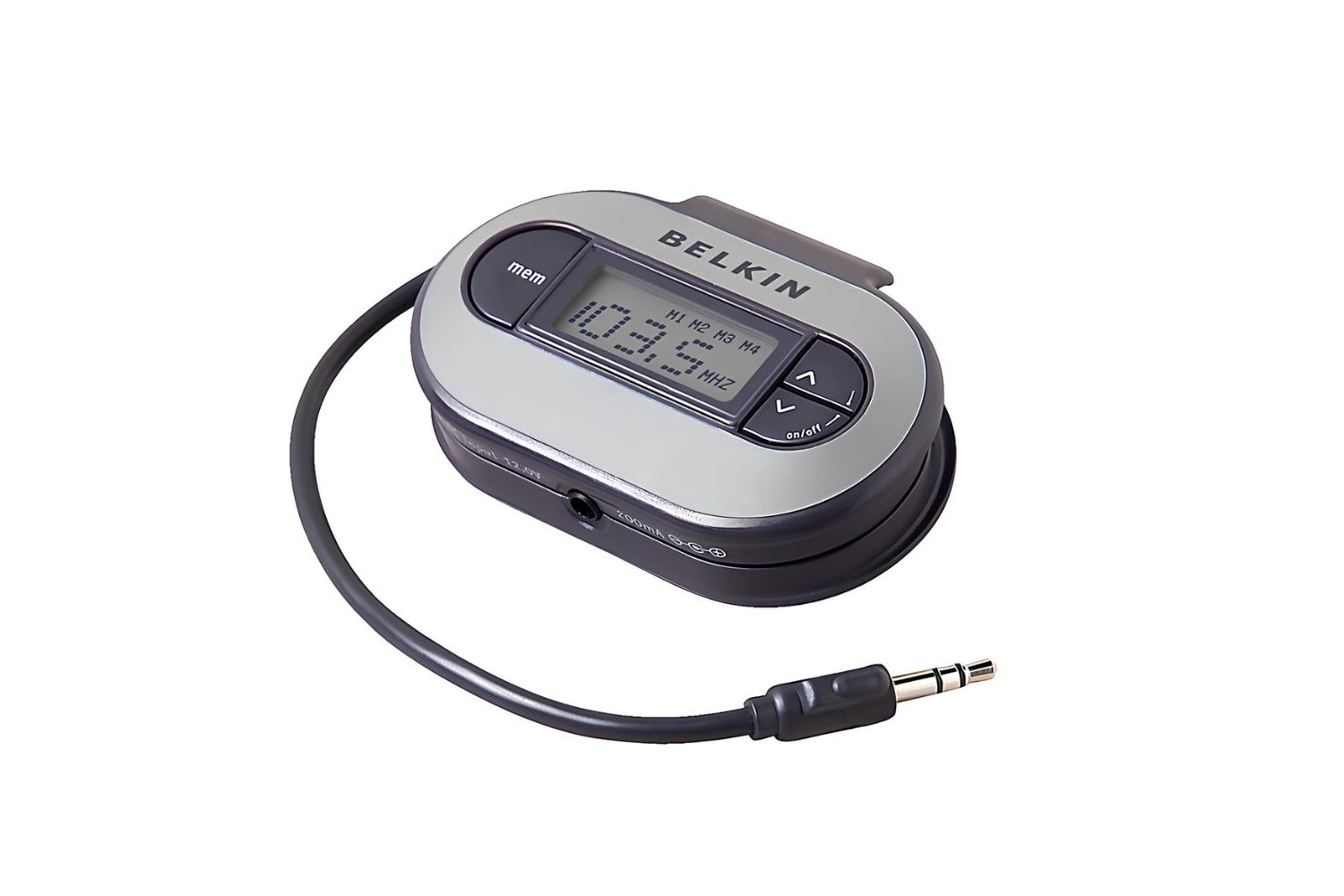Introduction
In a world where connectivity is paramount, the ability to wirelessly connect devices to FM transmitters has become increasingly important. Whether you're driving in your car, working out at the gym, or simply relaxing at home, the convenience of wirelessly streaming audio from your device to a nearby FM radio can greatly enhance your experience. This article aims to provide a comprehensive guide on how to seamlessly connect your devices to FM transmitters, ensuring that you can enjoy your favorite music, podcasts, or audiobooks with ease.
From understanding the fundamentals of FM transmitters to choosing the right device for your specific needs, this guide will cover every aspect of the process. Additionally, we'll delve into the intricacies of connecting your device to the FM transmitter and troubleshoot common issues that may arise along the way.
By the end of this article, you'll be equipped with the knowledge and confidence to effortlessly connect your devices to FM transmitters, allowing you to enjoy high-quality audio without the constraints of wired connections. So, let's embark on this journey of seamless connectivity and unlock the full potential of your audio devices with FM transmitters.
Understanding FM Transmitters
FM transmitters are compact electronic devices designed to broadcast audio signals from a source device to nearby FM radios. They operate within the frequency modulation (FM) band, typically between 87.5 to 108.0 megahertz (MHz), and are commonly used in vehicles, homes, and public spaces to wirelessly transmit audio content.
These transmitters consist of a few key components, including a power source, audio input interface, modulation circuitry, and an antenna. The power source, often a USB connection or car charger, provides the necessary electrical energy to operate the transmitter. The audio input interface allows for the connection of various devices such as smartphones, MP3 players, or tablets, enabling the transmission of audio content. The modulation circuitry is responsible for converting the audio signal into an FM radio-compatible format, ensuring that the transmitted audio can be received and played by nearby FM radios. The antenna, a vital component, emits the modulated FM signal, allowing it to be picked up by FM radios within its range.
When selecting an FM transmitter, it's essential to consider its broadcasting range, signal clarity, and compatibility with your devices. The broadcasting range determines how far the FM signal can reach, influencing the transmitter's effectiveness in different environments. Signal clarity refers to the quality of the transmitted audio, with higher-quality transmitters delivering clear and crisp sound. Additionally, compatibility with various devices, including smartphones, tablets, and audio players, ensures versatility and seamless connectivity.
Understanding the basics of FM transmitters is crucial for making informed decisions when choosing the right transmitter for your specific needs. Whether you're looking to stream music during your daily commute or share audio content at home, a good understanding of FM transmitters lays the foundation for a seamless wireless audio experience.
Choosing the Right FM Transmitter for Your Device
When it comes to choosing the right FM transmitter for your device, several factors should be taken into consideration to ensure optimal performance and compatibility. With a myriad of options available in the market, selecting the most suitable FM transmitter can significantly enhance your wireless audio experience.
Frequency Range and Stability
One of the foremost considerations when choosing an FM transmitter is its frequency range and stability. A wider frequency range allows for greater flexibility in selecting an optimal broadcasting frequency, especially in areas with crowded FM bands. Additionally, stability in frequency transmission ensures consistent and reliable audio playback without interference or signal disruptions.
Power Source and Charging Compatibility
The power source and charging compatibility of an FM transmitter are crucial aspects to evaluate. Whether it operates through a car's power outlet, USB port, or an independent power source, ensuring compatibility with your device's power supply is essential. Furthermore, the ability to charge your device simultaneously while using the transmitter can be a valuable feature, especially during long drives or extended usage periods.
Audio Input Options
Versatility in audio input options is another key factor to consider. An ideal FM transmitter should support various audio input methods, such as Bluetooth connectivity, auxiliary (AUX) input, or SD card playback. This ensures seamless connectivity with a wide range of devices, including smartphones, tablets, MP3 players, and other audio sources, providing flexibility and convenience.
Display and Control Features
The presence of an intuitive and user-friendly display, coupled with convenient control features, greatly enhances the usability of an FM transmitter. A clear and informative display allows for easy frequency adjustments and provides essential information, such as battery status and current broadcasting frequency. Additionally, user-friendly control interfaces, including tactile buttons or touchscreen functionality, contribute to a more streamlined and enjoyable user experience.
Signal Clarity and Interference Mitigation
Prioritizing signal clarity and interference mitigation capabilities is paramount for an optimal listening experience. Advanced FM transmitters incorporate technologies to minimize signal interference from nearby radio stations, resulting in clear and uninterrupted audio playback. Additionally, features such as noise suppression and signal filtering contribute to improved sound quality and overall performance.
By carefully evaluating these factors and aligning them with your specific requirements, you can confidently select an FM transmitter that seamlessly integrates with your devices and elevates your wireless audio connectivity. Whether you're seeking a compact transmitter for personal use or a feature-rich option for versatile applications, the right FM transmitter can unlock the full potential of your audio devices, providing a seamless and immersive listening experience.
Connecting Your Device to the FM Transmitter
Connecting your device to an FM transmitter is a straightforward process that enables you to wirelessly stream audio content to nearby FM radios. Whether you're in your car, at home, or on the go, establishing a seamless connection between your device and the FM transmitter enhances your audio experience. Here's a comprehensive guide to help you effortlessly link your device to an FM transmitter:
Bluetooth Connectivity
Many modern FM transmitters feature Bluetooth connectivity, allowing you to pair your smartphone, tablet, or other Bluetooth-enabled devices with the transmitter. To initiate the connection, simply activate the Bluetooth function on your device and search for available devices. Once the FM transmitter appears in the list of available devices, select it to establish the Bluetooth connection. Upon successful pairing, you can start streaming audio from your device to the FM transmitter wirelessly, eliminating the need for physical cable connections.
AUX Input Connection
For devices that do not support Bluetooth connectivity, FM transmitters equipped with an auxiliary (AUX) input provide an alternative connection method. Using a standard AUX cable, connect the audio output port of your device to the AUX input port on the FM transmitter. This direct physical connection ensures a stable and reliable audio transmission, making it an ideal solution for devices without wireless connectivity capabilities.
Frequency Selection
Once the physical or wireless connection is established between your device and the FM transmitter, it's essential to select an optimal broadcasting frequency. Most FM transmitters allow you to adjust the broadcasting frequency using intuitive controls or a digital display. To minimize interference and ensure clear audio playback, choose a frequency that is not occupied by local radio stations. Experiment with different frequencies to find the one that provides the best signal clarity and minimal interference, optimizing the listening experience for you and other nearby FM radio listeners.
Playback Control and Adjustment
After successfully connecting your device to the FM transmitter and selecting the broadcasting frequency, you can begin streaming audio content wirelessly. Utilize the playback control features on your device to manage the audio playback, including adjusting volume levels, skipping tracks, and pausing playback as needed. Additionally, some FM transmitters feature integrated control buttons or remote control options, providing convenient access to essential playback functions directly from the transmitter itself.
By following these steps, you can seamlessly connect your device to an FM transmitter, unlocking the potential for wireless audio streaming in various environments. Whether you prefer the convenience of Bluetooth connectivity or the stability of AUX input connections, establishing a reliable and clear connection between your device and the FM transmitter enhances your audio experience, offering flexibility and convenience for your listening needs.
Troubleshooting Common Issues
Even with the seamless nature of wireless connectivity provided by FM transmitters, users may encounter common issues that can affect the audio streaming experience. Understanding and effectively troubleshooting these issues is essential to ensure consistent and reliable performance. Here are some common issues and troubleshooting steps to address them:
-
Interference and Signal Disturbances: Interference from nearby radio stations or electronic devices can cause signal disturbances, leading to poor audio quality or intermittent playback. To mitigate this issue, try adjusting the broadcasting frequency of the FM transmitter to find a clear and unoccupied frequency. Experiment with different frequencies to identify the one that offers the least interference and optimal signal clarity.
-
Weak Signal Reception: In areas with weak FM signal reception, audio playback may suffer from static or weak reception. To address this, consider repositioning the FM transmitter within the vehicle or the indoor environment to improve signal reception. Additionally, choosing a higher-quality FM transmitter with enhanced signal amplification capabilities can significantly improve signal reception and audio quality.
-
Bluetooth Pairing Failures: When encountering difficulties in pairing a device with the FM transmitter via Bluetooth, ensure that the transmitter is in pairing mode and that the device's Bluetooth function is enabled. If pairing continues to fail, try resetting the Bluetooth settings on both the transmitter and the device, then attempt the pairing process again. Updating the firmware of the FM transmitter, if applicable, can also resolve compatibility issues and improve Bluetooth connectivity.
-
Audio Distortion and Noise: Audio distortion or background noise during playback can detract from the listening experience. To address this, check the audio output level of the connected device and adjust it to an optimal level that prevents distortion. Additionally, inspect the quality of the audio cable or connection used, as damaged or low-quality cables can introduce noise and distortion. Replacing the audio cable with a high-quality one can resolve this issue.
-
Power and Charging Issues: If the FM transmitter experiences power-related issues, such as intermittent operation or failure to charge connected devices, inspect the power source and connections. Ensure that the power outlet or USB port is providing a stable power supply and that the transmitter's charging function is operational. Using a different power source or charging cable can help identify and resolve power-related issues.
By addressing these common issues through effective troubleshooting, users can optimize the performance of their FM transmitters and enjoy uninterrupted wireless audio streaming. Whether it involves fine-tuning broadcasting frequencies, optimizing signal reception, or resolving connectivity and audio quality issues, troubleshooting common issues empowers users to maximize the potential of their FM transmitters for a seamless audio experience.
Conclusion
In conclusion, the seamless connectivity provided by FM transmitters offers a versatile and convenient solution for wirelessly streaming audio content from devices to nearby FM radios. By understanding the fundamentals of FM transmitters, selecting the right transmitter for specific needs, and mastering the process of connecting devices, users can elevate their audio experience to new heights.
The understanding of FM transmitters, including their key components and operational principles, empowers users to make informed decisions when choosing the most suitable transmitter for their unique requirements. Factors such as frequency range, power source compatibility, and signal clarity play pivotal roles in ensuring optimal performance and seamless integration with various devices.
Choosing the right FM transmitter involves a careful evaluation of features such as Bluetooth connectivity, AUX input options, display and control features, and signal interference mitigation capabilities. By aligning these features with individual preferences and usage scenarios, users can select an FM transmitter that seamlessly integrates with their devices, providing a reliable and immersive wireless audio experience.
The process of connecting devices to FM transmitters, whether through Bluetooth pairing or AUX input connections, offers flexibility and convenience, enabling users to enjoy their favorite audio content without the constraints of wired connections. By selecting an optimal broadcasting frequency and managing playback controls, users can tailor their wireless audio experience to suit their preferences and environmental considerations.
Furthermore, troubleshooting common issues related to interference, signal reception, Bluetooth pairing, audio quality, and power-related concerns empowers users to overcome challenges and optimize the performance of their FM transmitters. Addressing these issues ensures consistent and reliable wireless audio streaming, enhancing the overall listening experience.
In essence, the seamless connectivity provided by FM transmitters not only eliminates the limitations of wired connections but also fosters a dynamic and immersive audio experience across various settings, including vehicles, homes, and public spaces. By embracing the principles of seamless connectivity, users can unlock the full potential of their devices, seamlessly integrating them with FM transmitters to enjoy high-quality audio content wirelessly.
The journey of connecting devices to FM transmitters is not only about enhancing audio experiences but also about embracing the freedom and flexibility that wireless connectivity offers. As technology continues to evolve, the seamless integration of devices with FM transmitters exemplifies the power of connectivity in enriching everyday experiences, making wireless audio streaming an integral part of modern lifestyles.







